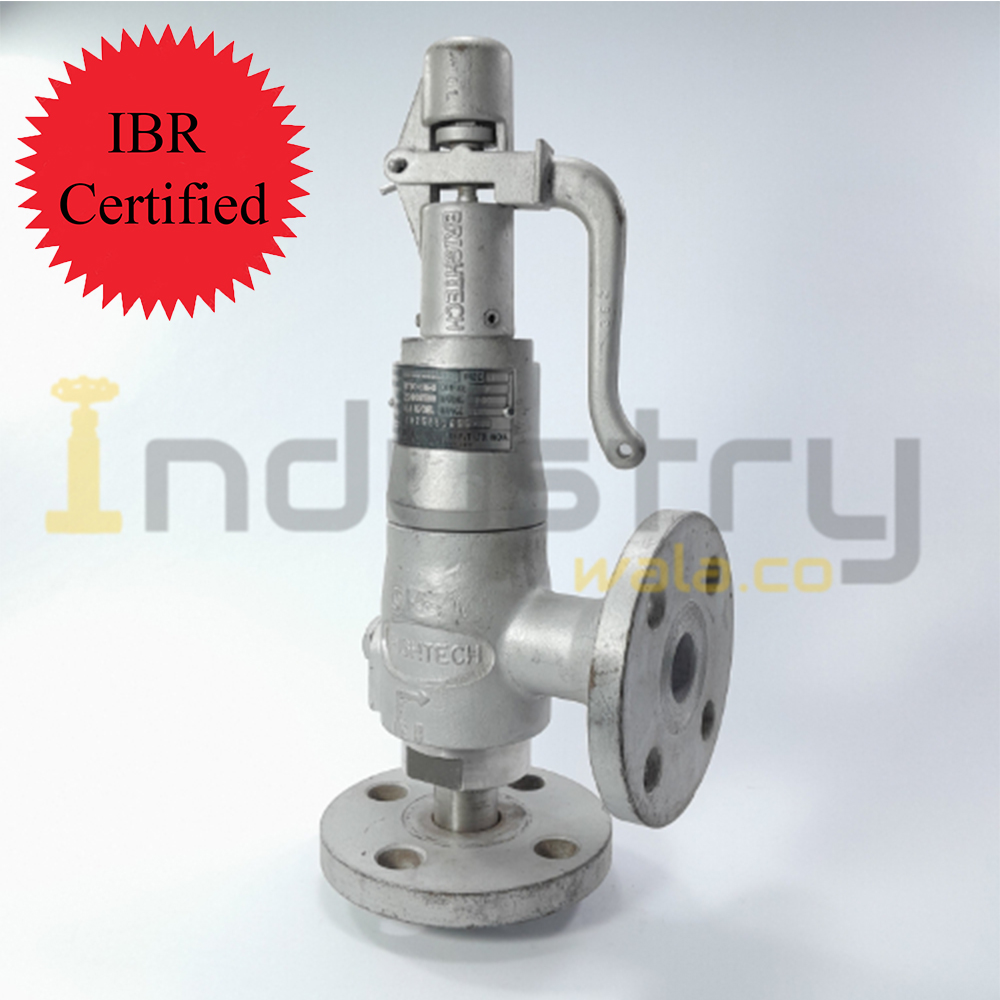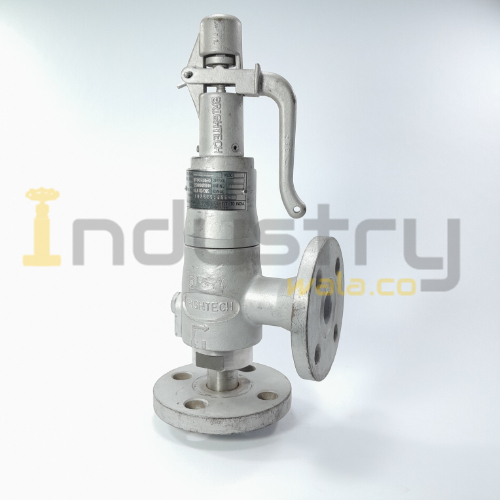SS 304 IBR Certified Safety Valve Pop Type
₹5,989 – ₹9,504
IBR Certified
Each valve comes with individual IBR certificate
Brand: Aira
Body MOC: CF8
Working parts: CF8
Pressure: 0.5 to 6Kg/cm2
Temperature: Upto 300C
Seals: Metal to Metal
Media: Water/Steam/Oil
Ends: Screwed NPT
Product Information
Description
Additional information
Reviews
Description
The principle type of device used to prevent overpressure in plant is the safety or safety relief valve. The safety valve operates by releasing a volume of fluid from within the plant when a predetermined maximum pressure is reached, thereby reducing the excess pressure in a safe manner. As the safety valve may be the only remaining device to prevent catastrophic failure under overpressure conditions, it is important that any such device is capable of operating at all times and under all possible conditions.
Safety valves should be installed wherever the maximum allowable working pressure (MAWP) of a system or pressure-containing vessel is likely to be exceeded. In steam systems, safety valves are typically used for boiler overpressure protection and other applications such as downstream of pressure reducing controls. Although their primary role is for safety, safety valves are also used in process operations to prevent product damage due to excess pressure. Pressure excess can be generated in a number of different situations, including:
An imbalance of fluid flowrate caused by inadvertently closed or opened isolation valves on a process vessel.
Failure of a cooling system, which allows vapour or fluid to expand.
Compressed air or electrical power failure to control instrumentation.
Transient pressure surges.
Exposure to plant fires.
Heat exchanger tube failure.
Uncontrollable exothermic reactions in chemical plants.
Ambient temperature changes.
Additional information
Additional information
| SIZE |
|---|
Reviews









